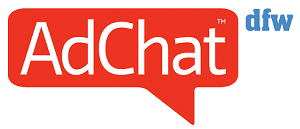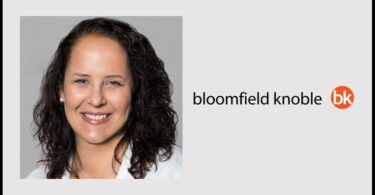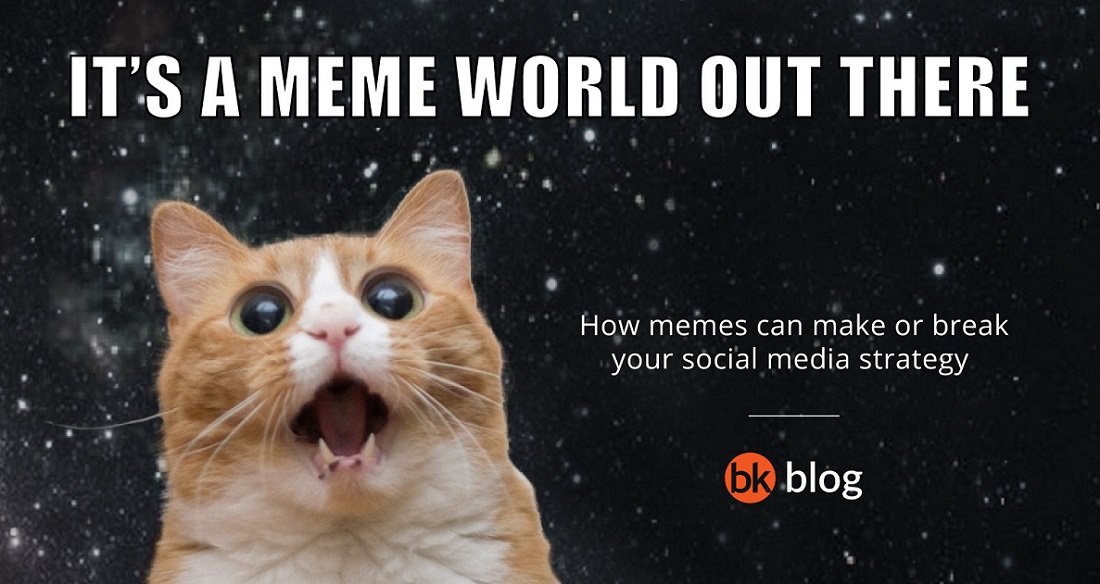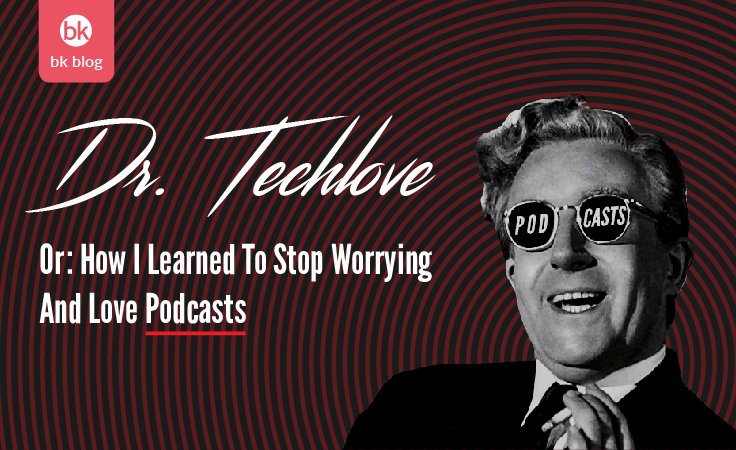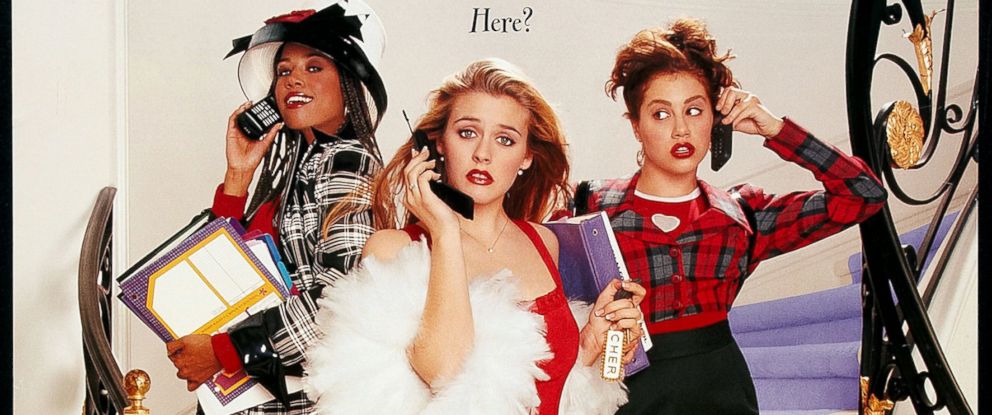Kristi Adams, who worked for NTT DATA and its predecessor organizations (Dell Services and Perot...
Author - bloomfield knoble
Luann Boggs, Long-time VP at bloomfield knoble...
Luann Boggs announced on December 1, 2023, that she will not be returning to her role as Vice...
SMEs Are People First, and They Need You to be Prepared
By Amanda Lovewell They’re knowledgeable, but cryptic. They’re busy, but necessary. Of course, I’m...
How Memes Can Make or Break Your Social Media Strategy...
By Breanne Avedikian Buzz has it right, memes are everywhere. I go on Facebook and what’s the first...
Dr. Techlove, or How I Learned to Stop Worrying and...
Author: Andy Edwards I don’t care who you are, podcasts are pretty dope… and they’ll suck you in...
Product Placement Impacts You — Even WHEN You’re Aware...
Or “How Product Placement Can Affect Everyday Decision Making” More specifically, how...
3 Reasons to Try Radio Advertising in DFW
By Amanda Lovewell As I sat stuck in stop-start traffic on switch from 183 East to the Turnpike...
